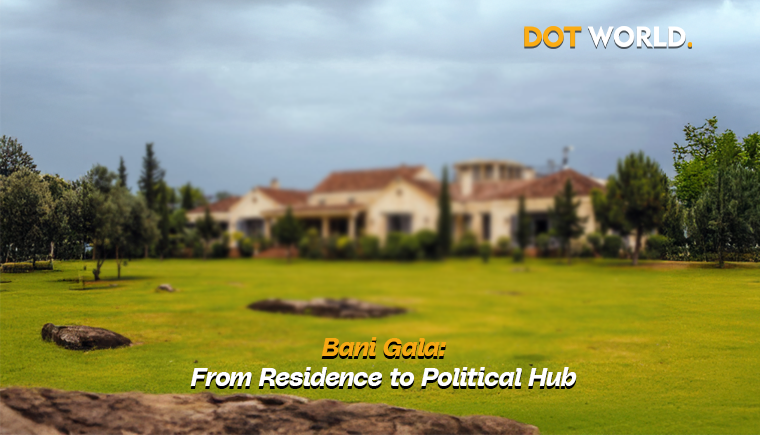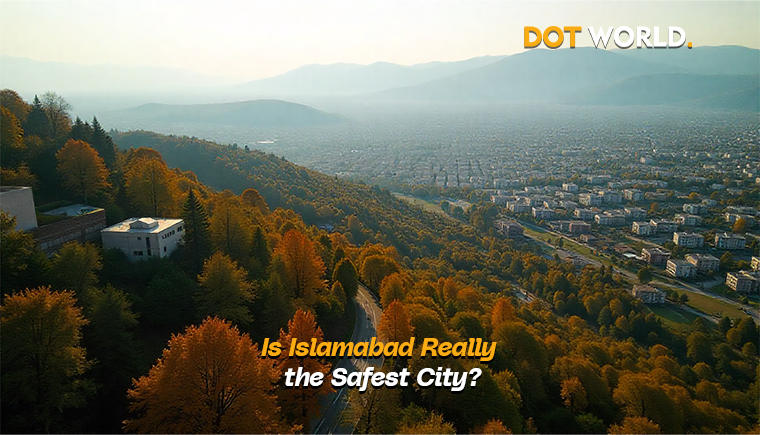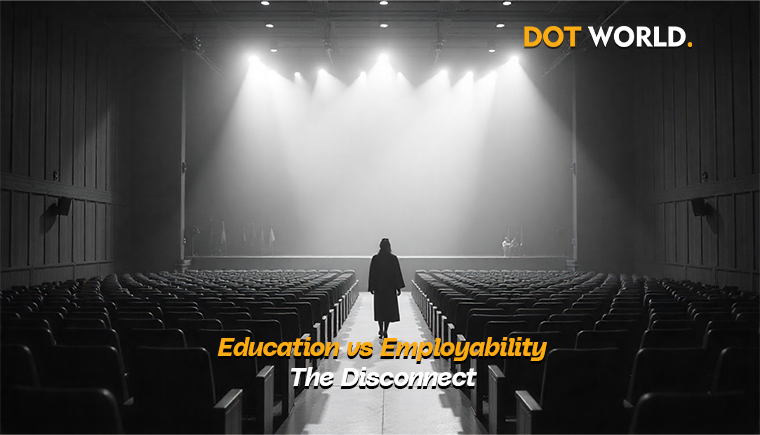Nestled on the outskirts of Islamabad, surrounded by hills, and overlooking the Rawal Lake, Bani Gala was once known as a peaceful residential area — quiet, scenic, and far from the political chaos of downtown. But that changed dramatically when one man moved in: Imran Khan, former cricketer turned political leader.
What was once a private Imran Khan residence gradually transformed into the epicenter of national politics, media frenzy, and civil protest. Today, Bani Gala is not just a location — it’s a symbol. A symbol of power, resistance, and at times, controversy.
In this blog, we explore how Bani Gala has evolved, what it represents in the broader landscape of Pakistani politics, and why the area remains under constant media coverage.
🏡 The Origins of Bani Gala
Located about 10 kilometers from central Islamabad, Bani Gala was originally a low-key residential area with open land, few homes, and access to nature. Its serene environment attracted those who wanted to live away from the noise of the city.
The turning point came in the early 2000s when Imran Khan purchased land and built his house here. At the time, it was considered an unusual choice — far from Parliament, far from the party offices, and far from the elite areas of the capital like F-6 and F-8.
But this decision would mark the beginning of Bani Gala’s transformation from a private retreat to a strategic political nerve center.
🧭 Bani Gala and Imran Khan: More Than Just a Residence
Over time, Imran Khan’s residence became much more than just a home. It became the unofficial headquarters of PTI (Pakistan Tehreek-e-Insaf). Major political meetings were held here. Cabinet decisions were rumored to be discussed here. Protest strategies were planned within its walls.
Journalists, diplomats, party workers, and even foreign dignitaries began visiting Bani Gala. Slowly but surely, this residential area took on the political weight of a Parliament building.
This transformation became even more significant after PTI’s rise to power in 2018. The Imran Khan residence became a place where government policy, public speeches, and party stances were shaped — often more visibly than in official government offices.
📡 Non-Stop Media Coverage
No place in Islamabad has received as much sustained media coverage in recent years as Bani Gala. Satellite vans are often seen parked outside the gate, reporters stationed with live mics, waiting for a statement, a guest, or even a police movement.
Why this obsession?
Because Bani Gala has become a barometer of political tension in the country. When political unrest rises, so does media coverage of Bani Gala. From arrests to press conferences, leaked videos to security updates — Bani Gala remains in the spotlight.
Whether it’s about Imran Khan’s bail hearing, security concerns, or political strategy, the news cycle often begins — or ends — at Bani Gala.
🚓 Political Protests and Police Presence
Another major chapter in the political story of Bani Gala is the frequent protests and lockdowns around it.
At various times, the area has been:
- Surrounded by heavy police deployment
- Blocked by containers to prevent protestors from entering or exiting
- Under drone surveillance
- Even labeled a “red zone” informally by security agencies
For locals, this meant life in Bani Gala was no longer just residential. It meant ID checks, traffic diversions, and the presence of armed personnel became part of daily life.
This transformation underlines how politics can reshape the character of an entire neighborhood — not just metaphorically but physically.
🏛️ Symbol of Resistance or Elitism?
The symbolism of Bani Gala is hotly debated.
To PTI supporters, Bani Gala represents resistance — a place where anti-corruption campaigns were born, where power was challenged, and where the vision of a “Naya Pakistan” took shape.
To critics, it represents elitism — a high-walled mansion far removed from the everyday struggles of ordinary citizens. They argue that politics conducted behind the gates of Bani Gala lacks the inclusiveness that true democracy requires.
And to the media, Bani Gala is simply gold — a location that always delivers high viewership, breaking news, and political drama.
📍 Impact on Islamabad’s Real Estate and Security
The political weight of Bani Gala has had real-world effects on the Islamabad region:
1. Rising Real Estate Prices
Land prices around Bani Gala have soared over the past decade. The area has become desirable for those wanting proximity to power, or those hoping that being a neighbor of a political heavyweight offers some form of protection or influence.
2. Increased Security Infrastructure
Surveillance cameras, security checkpoints, and armored vehicles are now part of the landscape — especially during politically sensitive times. This has transformed Bani Gala into a quasi-security zone.
3. Developmental Pressure
Due to high-profile attention, the area has seen faster development — roads, bridges, and access routes have all improved. But these changes are often criticized as favoring elite areas while ignoring more populous zones of Islamabad.
🔍 Media Narratives Around Bani Gala
The way media coverage handles Bani Gala is crucial in shaping public opinion. Common narratives include:
- “Bani Gala under siege” — when political tensions rise
- “Imran Khan holds key meetings at Bani Gala” — even during official government terms
- “Police move toward Bani Gala” — signaling potential arrests or raids
- “Protestors heading to Bani Gala” — often linked with civil unrest
Such headlines dominate news cycles and feed into Pakistan’s larger culture of political drama.
The constant camera attention has made Bani Gala not just a backdrop but an actor in the story of modern Pakistani politics.
🧾 Legal and Zoning Controversies
It would be incomplete to discuss Bani Gala without addressing its legal status.
In 2017, the Supreme Court took up a case regarding the illegal construction and environmental damage in Bani Gala, including around Imran Khan’s residence. The court ordered a survey and questioned zoning violations and unapproved housing schemes.
This added another layer to the story — where politics, the judiciary, and urban development collided.
Critics saw this as a double standard: how could those calling for rule of law live in structures under legal dispute? Supporters argued that Imran Khan’s residence was being unfairly targeted.
📌 Political Mythology and Symbolism
Just as 10 Downing Street is symbolic in the UK or the White House in the USA, Bani Gala has become a mythic location in Pakistan. It represents:
- A place where movements were born
- A ground zero for political resistance
- A bunker during government crises
- A media capital during breaking news
This symbolism has both strengthened and complicated Imran Khan’s political brand. He is seen as the “outsider” running things from outside the system — literally, from Bani Gala.
🧩 What’s Next for Bani Gala?
With Imran Khan’s political future hanging in the balance, many wonder what the future of Bani Gala will be.
Will it remain a political base?
Will it fade into a private residence once again?
Or will it turn into a permanent PTI museum of sorts — where tours may one day showcase the home of a political revolution?
One thing is clear: Bani Gala has made its mark on Pakistan’s political map. It’s not just a home — it’s a story. A story of modern leadership, media spectacle, and the powerful overlap between Islamabad real estate and national politics.
🧭 Conclusion: A Place That Became a Power Center
From a peaceful corner of Islamabad to the nerve center of Pakistani politics, Bani Gala has journeyed far. It reflects how spaces can evolve based on the power they house, the narratives they shape, and the media spotlight they attract.
Whether you see it as a fortress of resistance or a hub of elitism, one cannot deny the role Bani Gala plays in shaping political events. As the nation watches, debates, and protests, this once-quiet hillside residence will continue to write new chapters in Pakistan’s ongoing political story.





